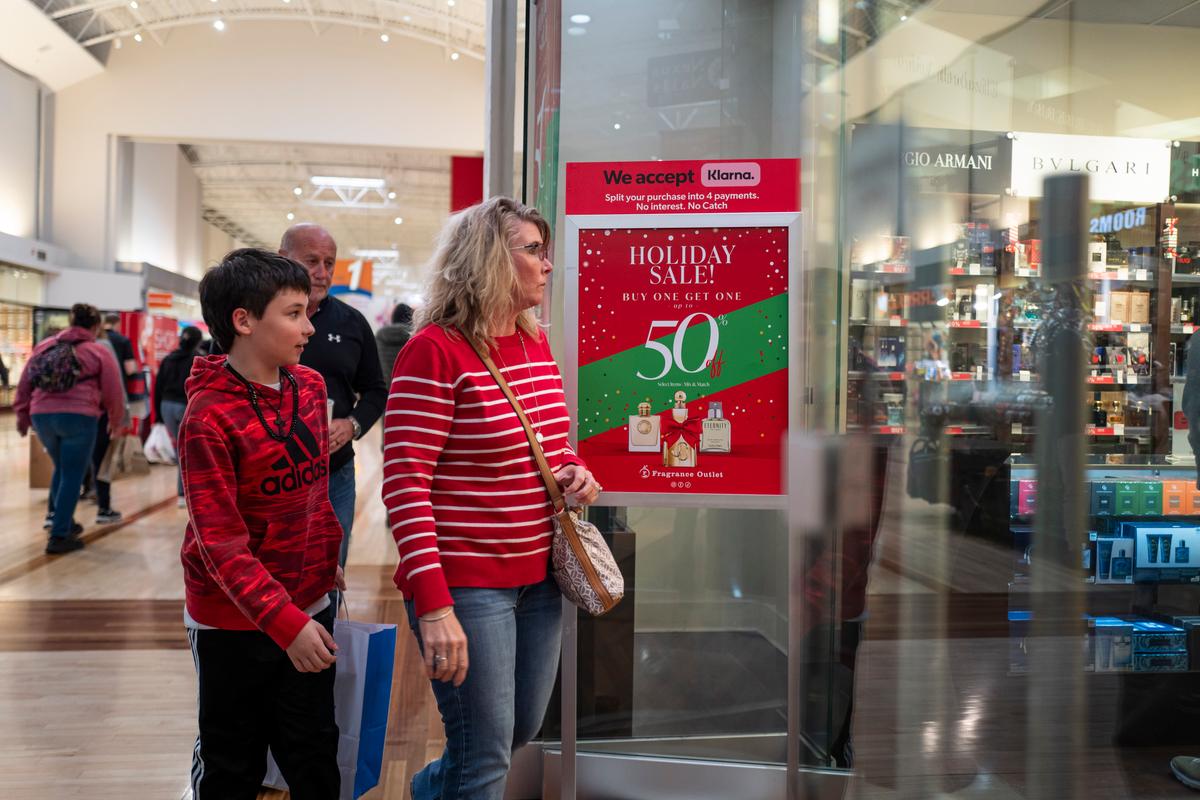Holiday Retail Sales to Surpass $1 Trillion: Report

By Jill McLaughlin
Despite reports of a gloomy economy, holiday shoppers are eager to spend their money on presents this year as sales could top $1 trillion, the National Retail Federation announced Thursday.
The annual holiday retail sales forecast for November and December calls for an increase of between 3.7 percent and 4.2 percent over 2024.
Total spending for the months is expected to reach between $1.01 trillion and $1.02 trillion—up to a 4.2 percent increase from 2024, the association reported.
“American consumers may be cautious in sentiment, yet remain fundamentally strong and continue to drive U.S. economic activity,” Matthew Shay, the Federation’s president, said in a statement. “We remain bullish about the holiday shopping season and expect that consumers will continue to seek savings in nonessential categories to be able to spend on gifts for loved ones.”
The federation’s chief economist and executive director of research, Mark Mathews, expects the U.S. economy to bounce back.
“The economy has continued to show surprising resilience in a year marked by trade uncertainty and persistent inflation,” Mathews said in a statement. “As tariffs have induced an uptick in consumer prices, retailers have tried to hold the line on prices given the uncertainty about trade policies.”
Stores hiring seasonal workers typically support the job market during the holidays. Some hiring may have started early to support retailers’ holiday sales events in October, according to the federation.
Retailers are expected to continue monitoring spending patterns and waiting to see if sales strengthen during the holiday season before hiring staff.
However, the government shutdown could slow retail spending among those who aren’t getting a paycheck. The impact of the shutdown is expected to be temporary but could escalate depending on how long it lasts.
The retail federation’s latest holiday survey shows consumers plan to spend nearly $900 each on average this year for gifts, food, decorations, and other seasonal items, which is slightly less—only 1.3 percent—than last year’s record of $902.

“Time and again, Americans prioritize spending on loved ones for holidays despite economic uncertainty,” Katherine Cullen, the federation’s vice president of industry and consumer insights, said in a statement about the survey.
Nearly all U.S. adults—91 percent—plan to celebrate the winter holidays this year, according to the poll.
The retail federation’s holiday forecast is based on economic modeling using various key economic indicators including consumer spending, disposable personal income, employment, wages, inflation, and previous monthly retail sales reports. The calculation excludes automobile dealers, gasoline stations and restaurants to focus on core retail. NRF defines the holiday season as Nov. 1 through Dec. 31.



